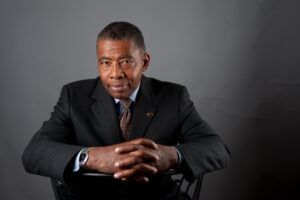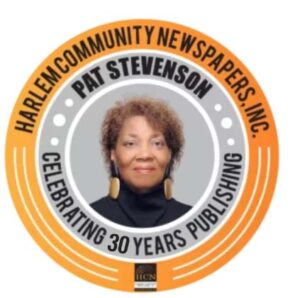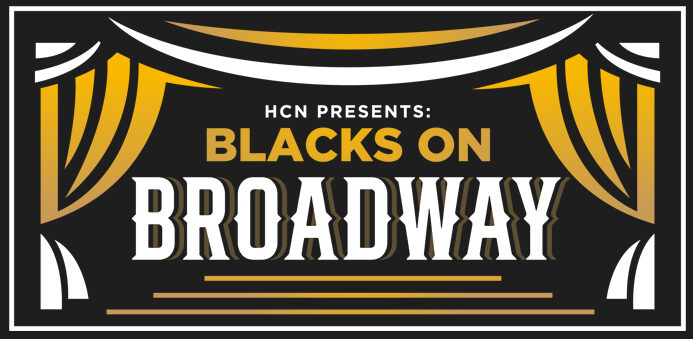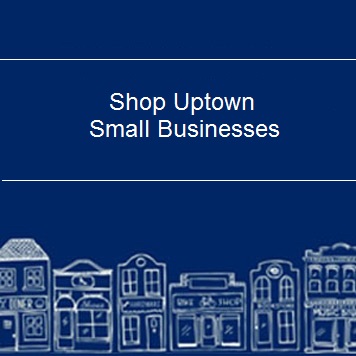The Celebration of Halloween by William A. Rogers
Categories: Articles, William “Tony” Rogers,

I believe it is safe to say that if you were born and raised in America, you have heard of and perhaps taken part in Halloween activities. Yet most people are not aware why October 31 is a celebration of mystery and disguise. I thought it might be of interest for you to know a little history of this now-commercialized American event and how it started, so I am publishing this previously written article.
Halloween’s origins can be traced back to an ancient Celtic festival called Samhain. The festival marked the end of the harvest season and the beginning of winter. The Celts lived in Ireland, the United Kingdom, and parts of France. The festival was always celebrated on October 31.
It was believed that on the night of the 31st, the boundary between the living and the dead was blurred, allowing the spirits of the dead to return to earth. As Christianity grew throughout the Roman Empire, The Church sought to replace pagan festivals with Christian holidays.
In the 7th century, Pope Boniface IV declared November 1 as All Saints Day, also known as All Hallows Day, honoring saints and martyrs. The night before All Hallows Day became known as All Hallows Eve, which eventually became Halloween. When the Irish, Scottish, and Welsh came to America in the 19th century, they brought Halloween traditions with them.
There was a significant number of Irish and Scottish slave owners and overseers in southern colonies. Halloween was a festive time even for many slaves, where a mixture of African, European, and indigenous customs and beliefs influenced Halloween celebrations.
African Americans in the South incorporated elements of their culture and heritage into Halloween celebrations by using dance, music, masks, and storytelling. In the Deep South, many African communities practiced African customs such as “Haint Blue” paint.
On October 31, the Haint Blue paint custom meant that porch ceilings and door frames were painted blue to ward off evil spirits. This practice has its roots in African spiritual beliefs related to protection and warding off negative energies. Growing up in South Carolina, I remember many ghost stories and supernatural beliefs that were intertwined with the Halloween celebration.
In the mid-20th century, Halloween became more commercialized. The holiday became more focused on entertainment and fun rather than religious or spiritual beliefs. Today, Halloween is one of the most popular holidays in the United States: trick-or-treating, costume parties, horror movies, haunted houses, and a celebration of all things spooky.
I feel that the popularity of Halloween is due to the desire for many to escape reality if only for one night. There will be several adult Halloween parties, starting this weekend and ending with the traditional 51st annual Halloween parade in the Village on October 31.
Have fun, and be safe.






